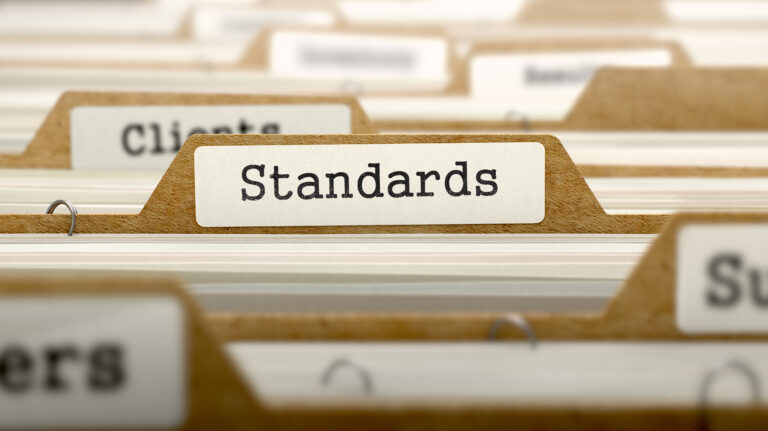Course Description
This 1-day Basic Statistics course provides participants with a foundational understanding of statistical concepts and tools used in data analysis and decision-making. Participants will learn how to summarize, interpret, and present data effectively, enabling them to identify trends, measure performance, and support process improvement efforts.
Through interactive exercises, real-world examples, and practical applications, attendees will gain confidence in using descriptive statistics, basic probability, and graphical data representation. The course highlights how applying basic statistical methods can lead to better business decisions, improved quality, reduced waste, and measurable financial gains.
Course Objectives
Understand Basic Statistical Concepts:
– Define and explain key terms such as mean, median, mode, range, variance, and standard deviation.
– Understand the role of statistics in decision-making and process improvement.
Summarize and Interpret Data:
– Use measures of central tendency and dispersion to describe datasets.
– Create and interpret basic data visualizations such as histograms, bar charts, and scatter plots.
Apply Basic Probability Concepts:
– Understand probability rules and how they apply to business decisions.
– Recognize the role of probability in assessing risk and uncertainty.
Link Basic Statistics to Business Performance:
– Quantify improvements and track process performance.
– Identify opportunities for cost savings and efficiency gains through data analysis.
Build Confidence in Using Statistics:
– Apply basic statistical tools to everyday work problems.
– Communicate statistical findings effectively to stakeholders.
Training Format
– Day 1: Introduction to basic statistics concepts, summarizing and interpreting data, creating visualizations, applying probability, and linking findings to real-world business and financial benefits.





